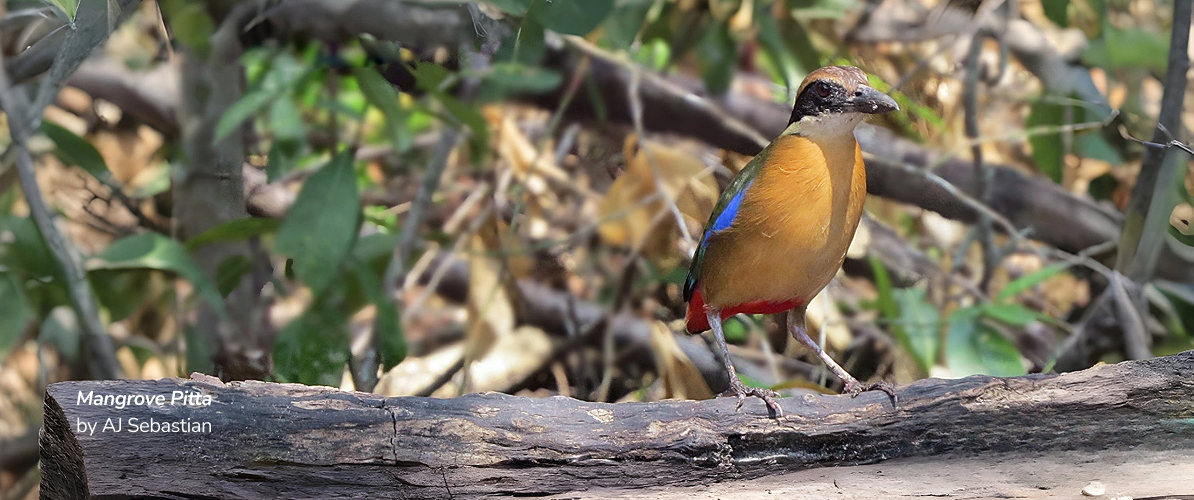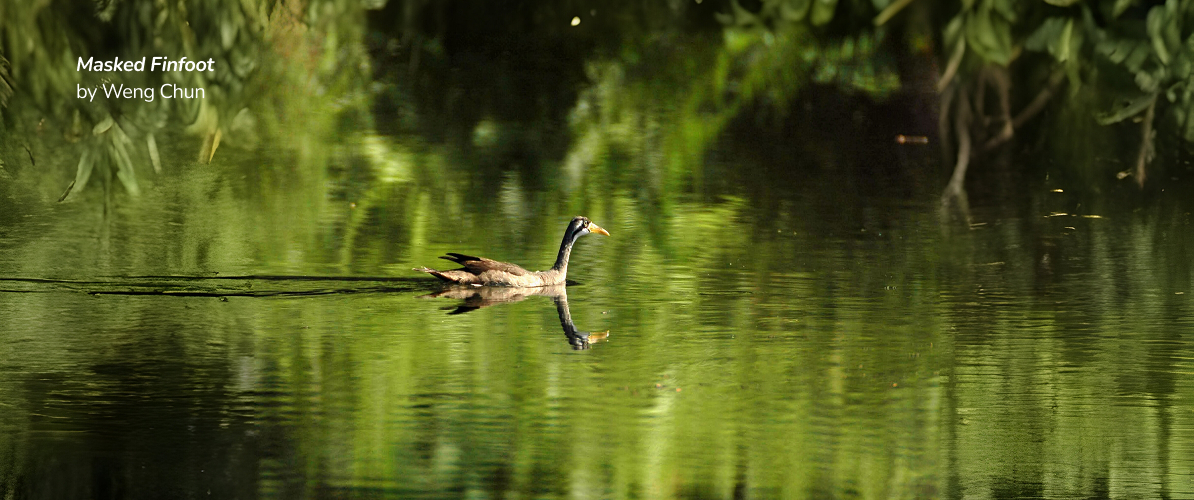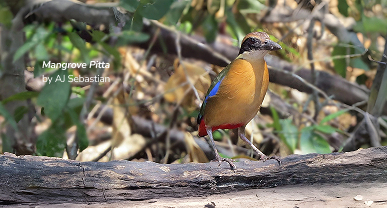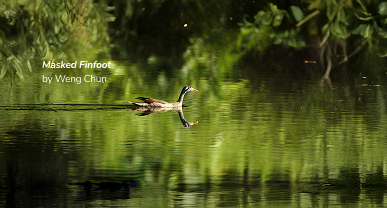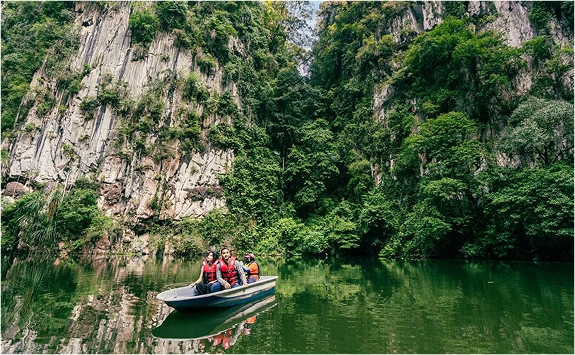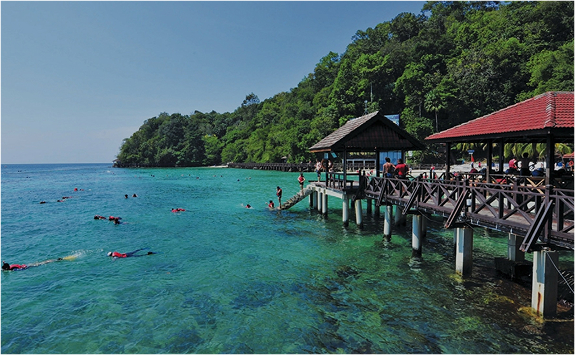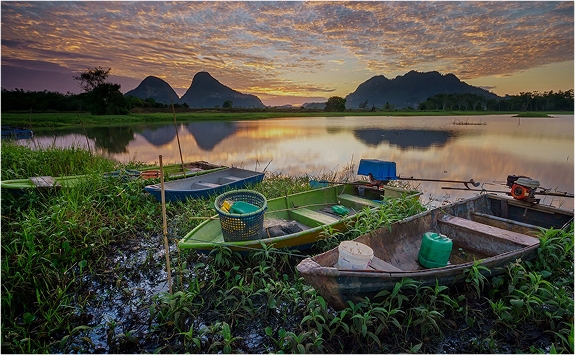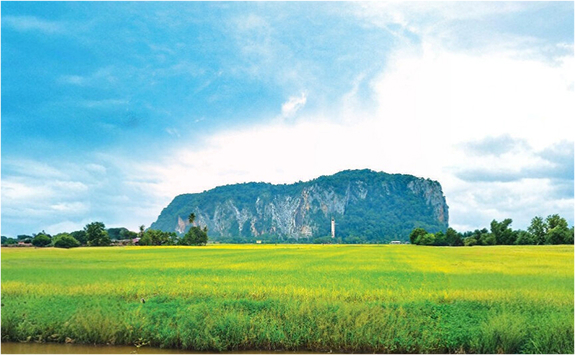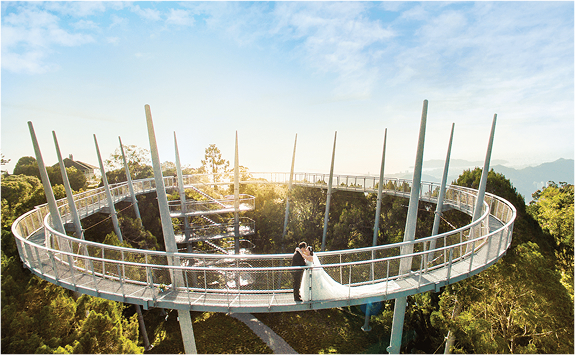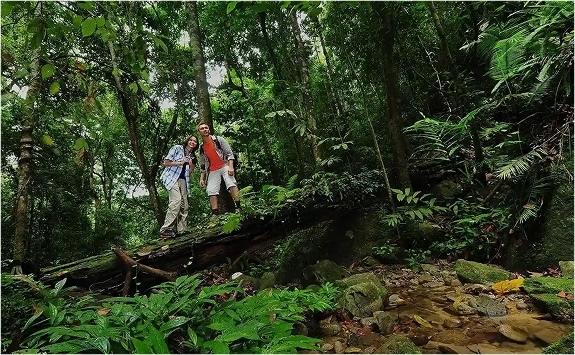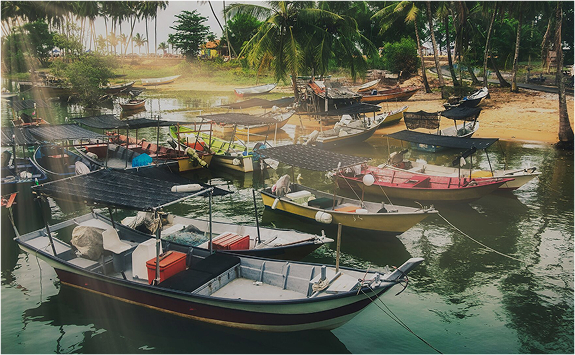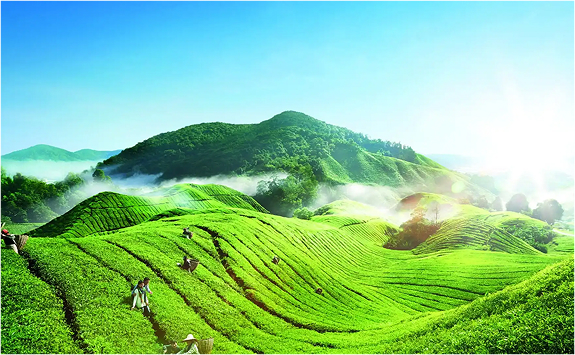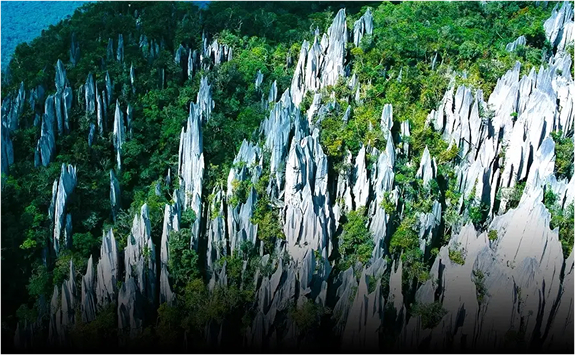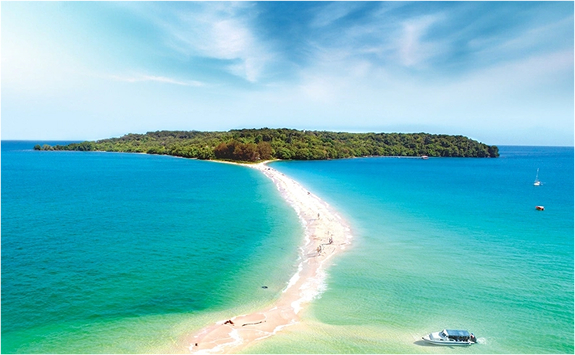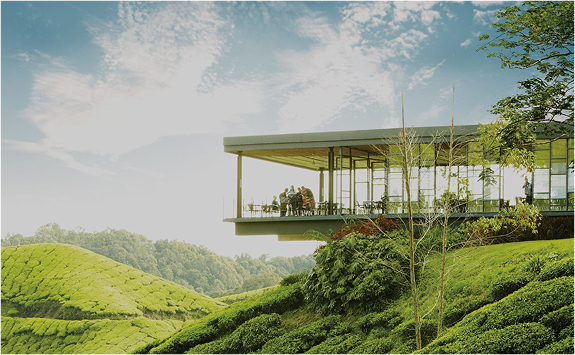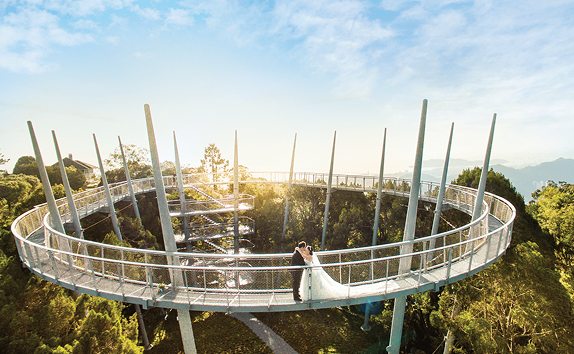PERAK
Perak
The state of Perak covers an area of 21,035 square kilometres and is the second largest state in Peninsular Malaysia. The second longest river in Perak after Pahang River is the Perak River. It originates in the mountains at the Perak-Kelantan-Thailand border, and joins the Straits of Malacca. Perak is also blessed with a list of amazing landscapes and tourist attractions for nature buffs and birdwatchers including pristine rivers, caves, highlands and a mix of heritage and colonial history.
Perak has 4 IBAs (MY05, MY06, MY07 and MY08) that cover the Royal Belum State Park, Matang (Kuala Gula) and Bintang Range (Bukit Larut).
- Contact Info
- Perak State Parks Corporation
- Tel: 05 791 4543
- statepark_hq@royalbelum.my
- www.royalbelum.my
- Belum Rainforest Resort
- Tel: 05 791 6800
- www.belumrainforestresort.com
- Bukit Larut Recreational Area Office
- Tel: 05 807 7241
- ppbl@mptaiping.gov.my
- www.bukitlarut.com
- Kuala Gula Bird Sanctuary
- Tel: 05 896 2207/05 807 0842
- perak@wildlife.gov.my
Royal Belum State Park and Temengor Forest
Coordinate: 5°33’04.2”N 101°21’12.6”E
No. of species: > 304
Royal Belum State Park and Temengor Forest Reserve make up the major part of the Belum-Temengor Forest Complex (BTFC) is among the few remaining large pockets of rainforest in Peninsular Malaysia. The area covers over 320,257 hectares and is estimated to be over 130 million years old, making it older than the Amazon & Congo basin!
At the heart of the complex is the Temengor Dam, built in 1978 which makes access to this scenic area, possible by boats & even houseboats. Besides being home to almost all of Malaysia’s large mammals such as the Malayan Tiger, Asian Elephant, Malayan Sun Bear, Malayan Tapir and Gaur, this complex is also an IBAs (MY07) that hosts all 10 species of Malaysia’s Hornbills
Promoted as the Hornbill Capital of The World by ECOMY, visitors will have chances of recording the critically endangered Helmeted Hornbill and during the months of July to October, the migration and foraging globally threatened Plain- pouched Hornbill . Over 3,000 individuals of Plain-pouched Hornbills have been recorded previously in this forest complex in the late 1980s.
Apart from hornbills, birdwatchers can look forward to ticking off globally threatened birds on their list such as Great Argus, Wallace’s Hawk-eagle, Large Green- pigeon, Malay Peacock-pheasant, Short-toed Coucal, Malay Blue-banded Kingfisher (Blue- banded Kingfisher), Straw-headed Bulbul and the rare Amur Falcon during the raptor migration period.
There are various operators that offer guided tours and will arrange for the necessary permits, river and road transport as well as accommodation, which includes camping.
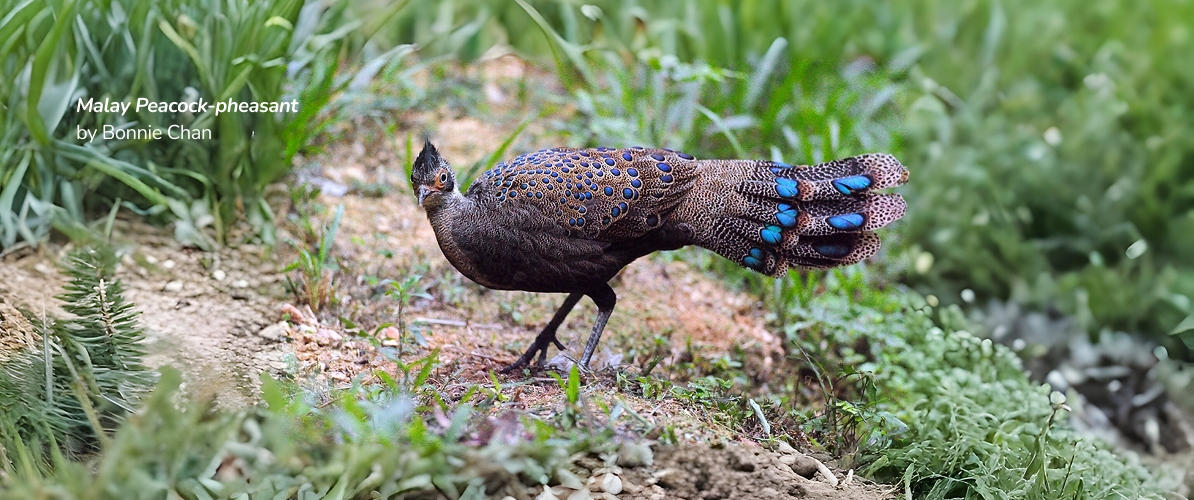
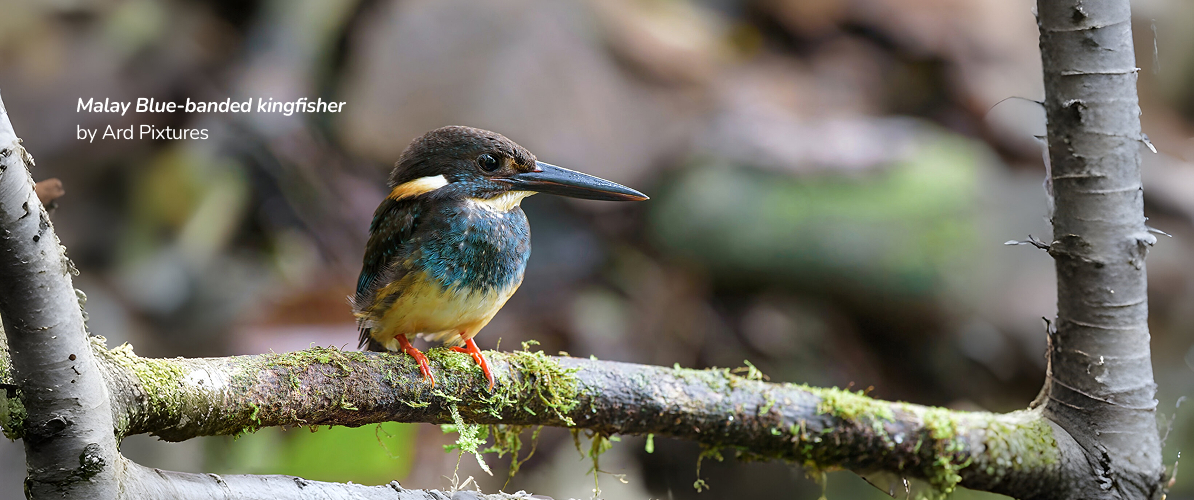
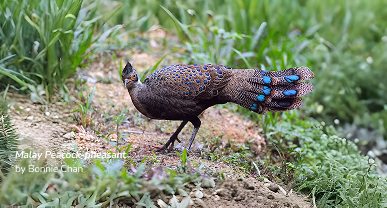
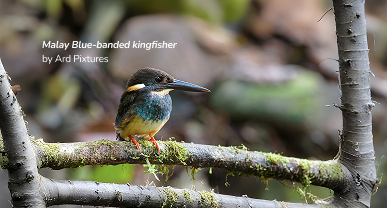
Bukit Larut
Coordinate: 4°51’38.0”N 100°45’35.5”E
No. of species: > 250
Located 10 kilometres from the city of Taiping, Perak, Bukit Larut or as formerly known as Maxwell Hill, is Peninsular Malaysia’s oldest hill station, nestled within the Bukit Larut Forest Reserve along the Bintang Range and is designated an IBAs, MY04.
Its foothills up to the highest peak (Gunung Hijau) at 1,448 metres asl boasts a variety of habitats and altitudes which offer birdwatchers and photographers an opportunity to record as many as over 250 species of lowland and montane birds.
Birding here can be done by walking uphill along the jeep road to the telecoms station or taking a jeep service to the top and bird on the ridgeline amongst pristine lower montane forests. Some of the rare birds include the endemic Malay Partridge, Wedge-tailed Green-pigeon, Blyth’s Hawkeagle, Rusty-naped Pitta as well as migrant birds such as the Black Baza, Eastern Honeybuzzard, Grey-faced Buzzard and Chinese Goshawk, Siberian Thrush, White-throated Rock-thrush and Yellow-rumped Flycatcher.
Lower down the hill, there are chances for the Long-tailed Broadbill, Red-headed Trogon, Chestnut-capped Laughingthrush and Rufous-browed Flycatcher. Visiting the hill is in the mornings are recommended as it often rains in the late afternoons.
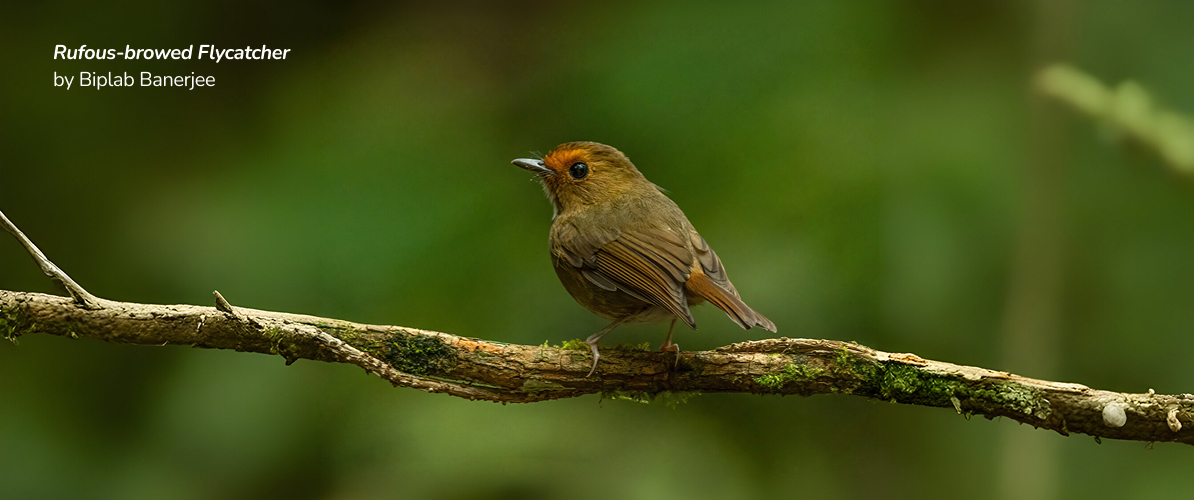
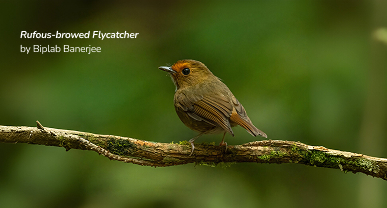
Coordinate: 4°15’00.0”N 100°45’00.0”E
No. of species: > 190
Located in Kerian district, Matang Forest Reserve remains another important ecosystem for mangroves and mudflats, crucial to the sustainability of the fisheries industry and migration of seasonal birds in the country.
It is a designated, IBAS MY05 and stretches along the west coast tidal mudflats of northern Perak for almost 50 kilometres plus another 40 kilometres along the shorelines of the sheltered river systems within the reserve’s five estuaries. Over 190 species have been recorded in this area, about half of them migratory species including the Milky Stork, Lesser Adjutant, Whimbrel, Lesser Golden Plover, Bar-tailed Godwit, Common Redshank, Common Greenshank and Terek Sandpiper. Sighting the globally-threatened Chinese Egret is rare but a possibility.
Other unique birds include the Mangrove Pitta, Mangrove Blue-flycatcher, Mangrove Whistler and Cinereous Tit can be found in this area, along with the Sunda Pygmy Woodpecker (Sunda Woodpecker), Laced Woodpecker and the migrant Ruddy Kingfisher.
Another interesting stopover would be the Kuala Sepetang Eco-Education Centre in Kuala Sepetang town, located not far from Kuala Gula. You might have another opportunity to sight the elusive Milky Stork, waterbirds and shorebirds, along the mudflats by hiring a boat from the nearby fishing village.
